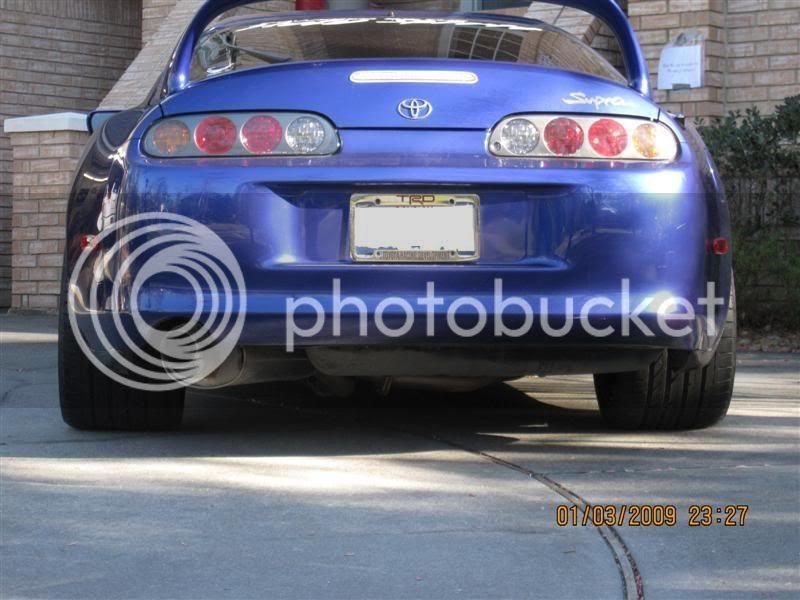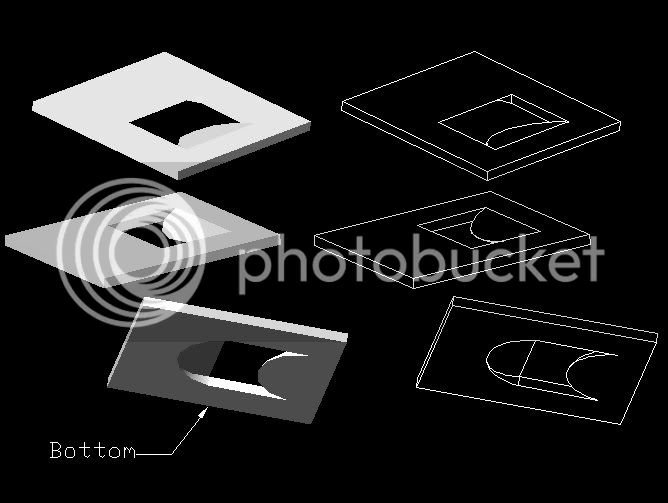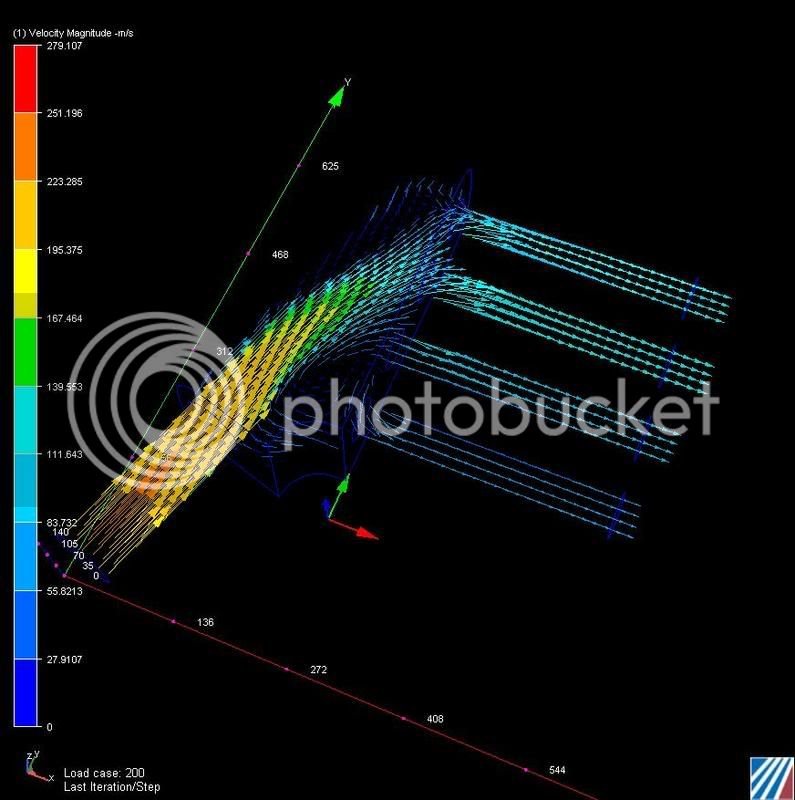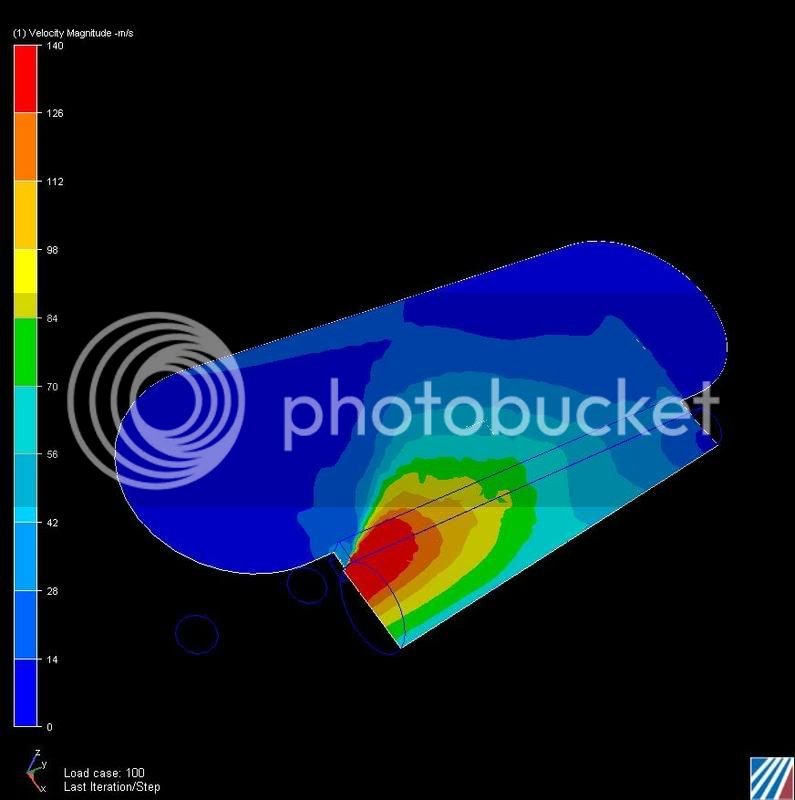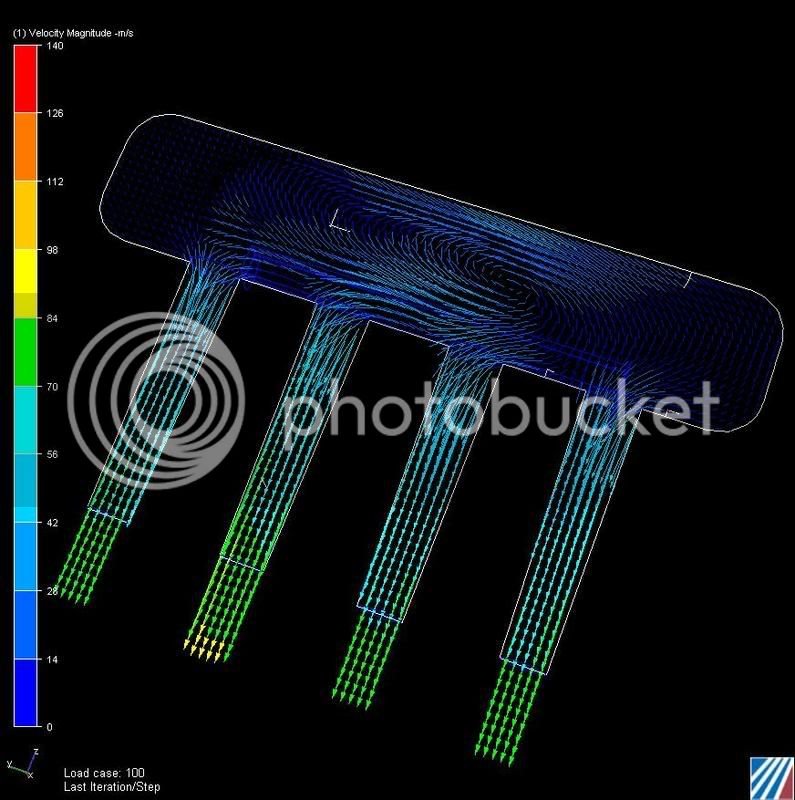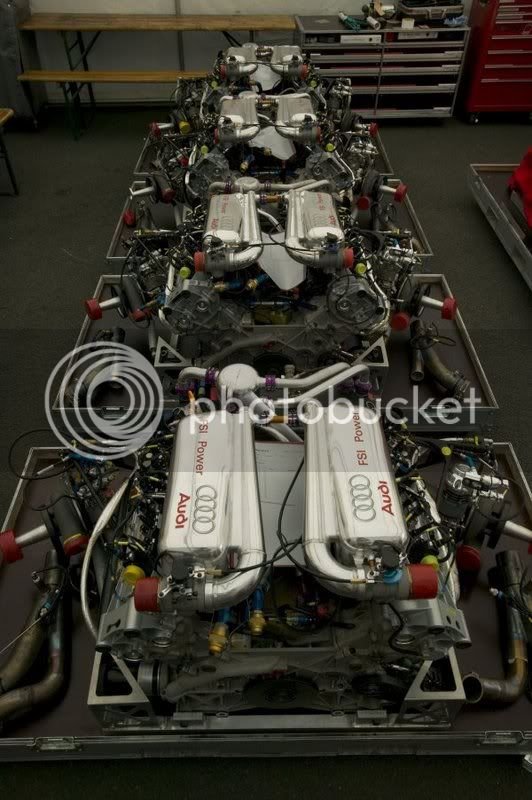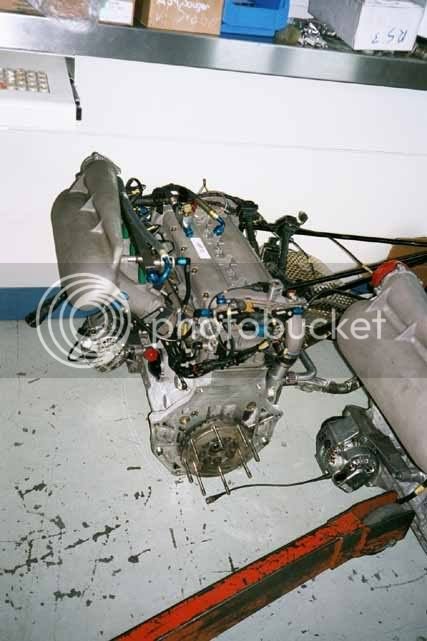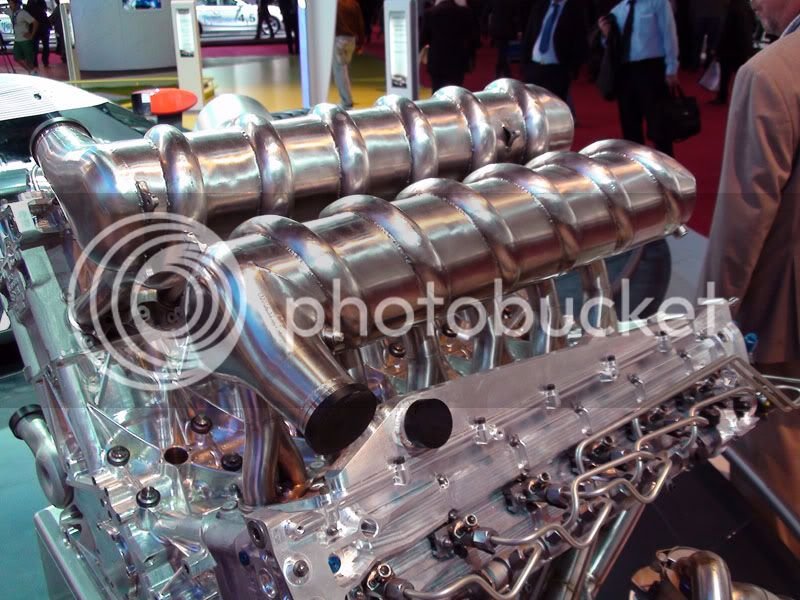Couple more shots of the dawg with its new shoes:
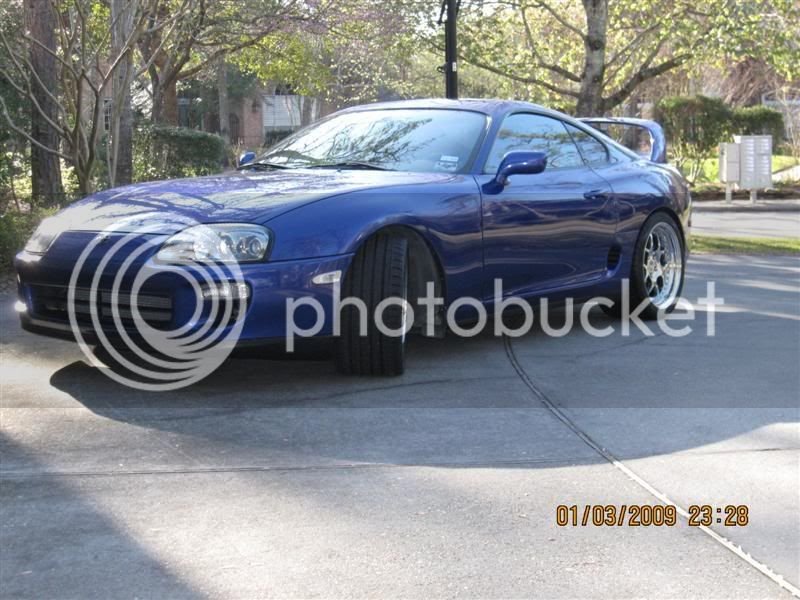
These puppies HOOK! I can still break loose in 1st without any trouble, and now in cold weather, when the boost comes on hard in 2nd, the rear gets loose again, but nothing like before, and 3rd seems to hold just fine, so I think the car is nearly ready for the V8 swap (as soon as I get tired of playing with it on the engine dyno.)
Last night the wife and I went to the Saturday night cruise-in that our local car club hosts at a favorite pizza parlor. There were some cherry '60's muscle cars there, a nice Ferrari, a Lotus, a couple of GT and Cobra Mustangs, several 'Vettes and Vipers, and a couple of beautiful Z cars. Heavy duty company, but the dawg held its own.
When we rolled in, the 25 and under crowd, who had been gawking at a really nice supercharged Viper, and a couple of C6's, recognised my car straight away as a Supra (thank you Fast & Furious....), and flocked over to have a look. The 50 and over muscle car guys weren't sure what it was, but since it obviously wasn't a 60's muscle car, it wasn't their cup of tea. The 'Vette & Viper boys looked like they'd just had their *sses handed to them, while the Lotus and Ferrari owners just ignored us.
The two "Z" owners (husband & wife) were really friendly, so we spent a very enjoyable hour with them swapping lies about our cars. Both were big fans of the Supra and the 2JZ-GTE, as I am as well of the "Z". So in the end, all the birds of a feather, flocked together.
